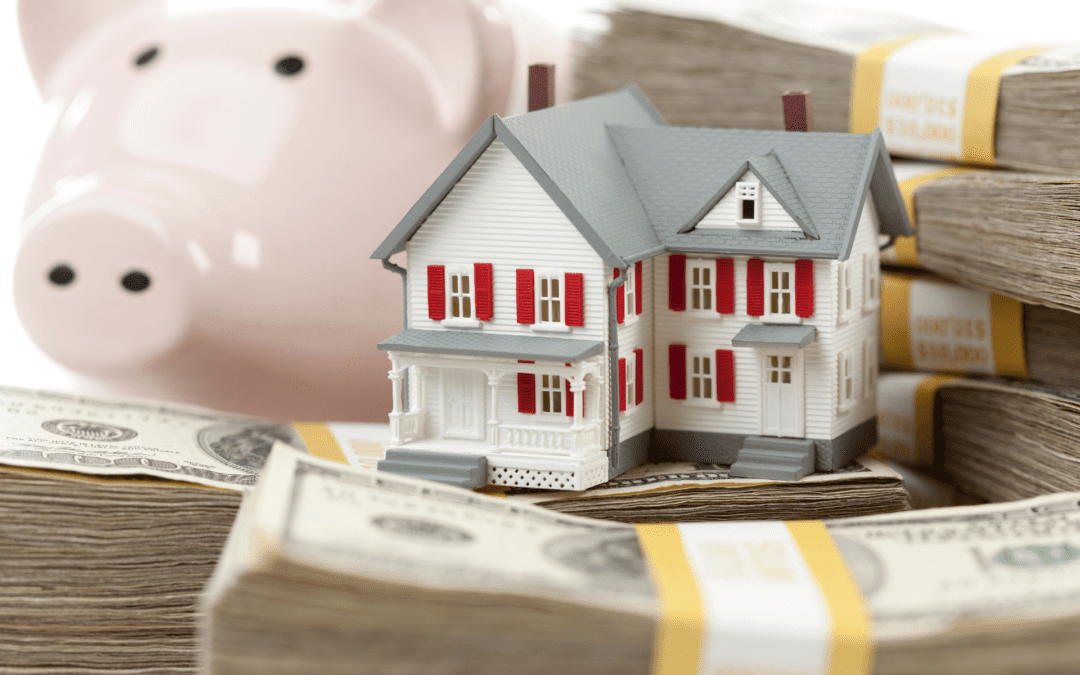With a growing focus on sustainability and energy efficiency, homeowners have a golden opportunity to both reduce their carbon footprint and save on taxes. In this blog post, we’ll explore how clients can leverage tax credits by making energy-efficient improvements to their homes. Learn about the Residential Energy Efficiency Tax Credit, what improvements qualify, and how you can harness this tax-saving potential.
Understanding the Residential Energy Efficiency Tax Credit:
The Residential Energy Efficiency Tax Credit is a federal incentive designed to encourage homeowners to invest in energy-efficient home improvements. Not only do these upgrades enhance the comfort and sustainability of your living space, but they also contribute to lower energy bills and a smaller environmental impact.
Qualified Improvements:
To qualify for the Residential Energy Efficiency Tax Credit, your home improvements must meet specific criteria. Here are some common energy-efficient upgrades that may qualify:
1. Solar Panels: Installing solar panels to generate electricity for your home can lead to substantial tax savings. You can claim a tax credit based on a percentage of your qualified solar electric property’s cost.
2. Energy-Efficient Windows and Doors: Replacing outdated, inefficient windows and doors with energy-efficient alternatives may result in a tax credit, covering a portion of the cost, including installation.
3. Insulation and Sealing: Upgrading your home’s insulation and sealing gaps and cracks can improve energy efficiency, potentially qualifying for the credit.
4. High-Efficiency HVAC Systems: Replacing your heating, ventilation, and air conditioning (HVAC) systems with high-efficiency models can lead to tax savings.
5. Biomass Stoves: If you use a biomass stove for home heating, you might be eligible for a tax credit based on its cost.
Claiming the Credit:
To claim the Residential Energy Efficiency Tax Credit, you’ll need to complete IRS Form 5695. This form will help you calculate the credit amount and provide details about your eligible home improvements. Keep copies of invoices, receipts, and manufacturer certifications as supporting documentation.
Important Considerations:
While energy-efficient improvements can lead to tax savings, it’s vital to understand that tax laws and regulations may change. Consult a tax professional or stay updated on the latest guidelines to ensure you meet all requirements.
Investing in energy-efficient home improvements not only benefits the environment but can also lead to valuable tax savings. Seize the opportunity to claim the Residential Energy Efficiency Tax Credit and reduce your tax liability while enjoying the comfort and sustainability of an energy-efficient home.
Energize your savings with eco-friendly tax cuts. Visit our website to learn how and schedule your eco-savings session.
Ready to file now? Complete our 2023 Tax Season Questionnaire to get started.

